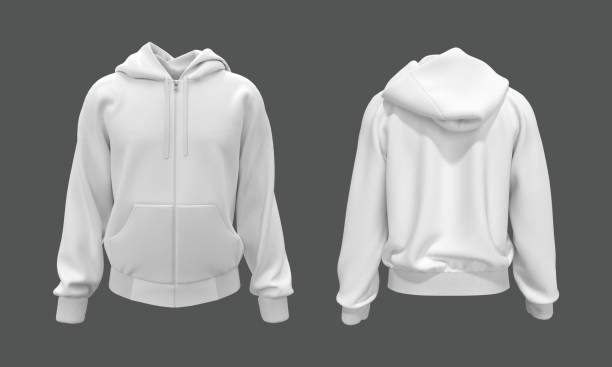
Before printing hoodies, you need quality design software. Programs like Adobe Illustrator or Canva help create detailed, scalable designs. A good tool allows you to preview and adjust graphics easily.
Most hoodie prints require layers, vectors, and typography. Software with these capabilities makes it simple to edit and export for printing. Choose one that supports various file formats like PNG and SVG.
Consider free tools like GIMP or paid options like CorelDRAW. Test a few to find one that matches your skills and goals. Consistent practice with these tools improves design quality over time.
Once you`re comfortable with your chosen platform, you can begin producing brand-level artwork. It`s also easy to repurpose templates across different hoodie styles and colors with these tools.
A heat press machine is essential for applying designs onto fabric. Unlike irons, these provide even heat and pressure, ensuring the print sticks properly and lasts longer after washes.
Clamshell and swing-away presses are common types. Choose one that fits your workspace and hoodie sizes. Temperature control and timers make pressing more precise and consistent.
For beginners, 15x15-inch heat presses are ideal. They accommodate most hoodie sizes and give room for adjustments. A quality press saves time and increases your finished product`s appeal.
Many prefer swing-away heat presses for thicker materials. Their design helps avoid burns and allows better alignment. Always follow safety protocols when operating any heat equipment.
To bring your hoodie art to life, a vinyl cutter or inkjet printer is necessary. Vinyl cutters let you cut heat transfer vinyl into exact shapes and designs for pressing.
If using sublimation or inkjet transfer paper, a compatible printer is needed. Sublimation works well on polyester blends, giving a vibrant, long-lasting result with proper ink and paper.
Cricut and Silhouette are popular vinyl cutters for home use. They offer mobile apps and templates. These tools are perfect for users making custom hoodies in small batches.
When exploring ways to expand your hoodie business, using platforms that connect services like rent a car service logistics can help you deliver or promote your products effectively.
To get started, always have blank hoodies ready. Choose a blend of cotton and polyester for optimal print results. Thicker hoodies are best for heat transfers and detailed images.
Buy transfer paper, heat transfer vinyl, or sublimation sheets depending on your printing method. Test each material first to ensure compatibility with your press and fabrics.
Ensure you stock tools like Teflon sheets, parchment paper, and heat-resistant tape. These prevent burning and improve the pressing result by distributing pressure and heat evenly.
Having a variety of hoodie colors and sizes helps test your designs. It’s easier to scale production when you already know which materials work best in your home setup.
A clamshell 15x15-inch press is ideal for beginners. It’s easy to use and fits most hoodie sizes.
Only if it supports heat transfer paper. Otherwise, a sublimation printer or vinyl cutter is preferred.
Basic design skills help, but templates and beginner software like Canva can make the process easy.
With proper pressing and material, prints can last 40–50 washes without fading or cracking.
Yes, especially for small batches or personalized orders. Initial equipment investment pays off over time.